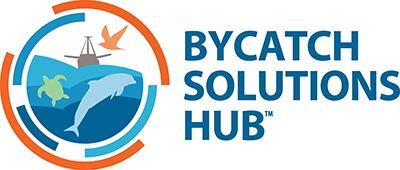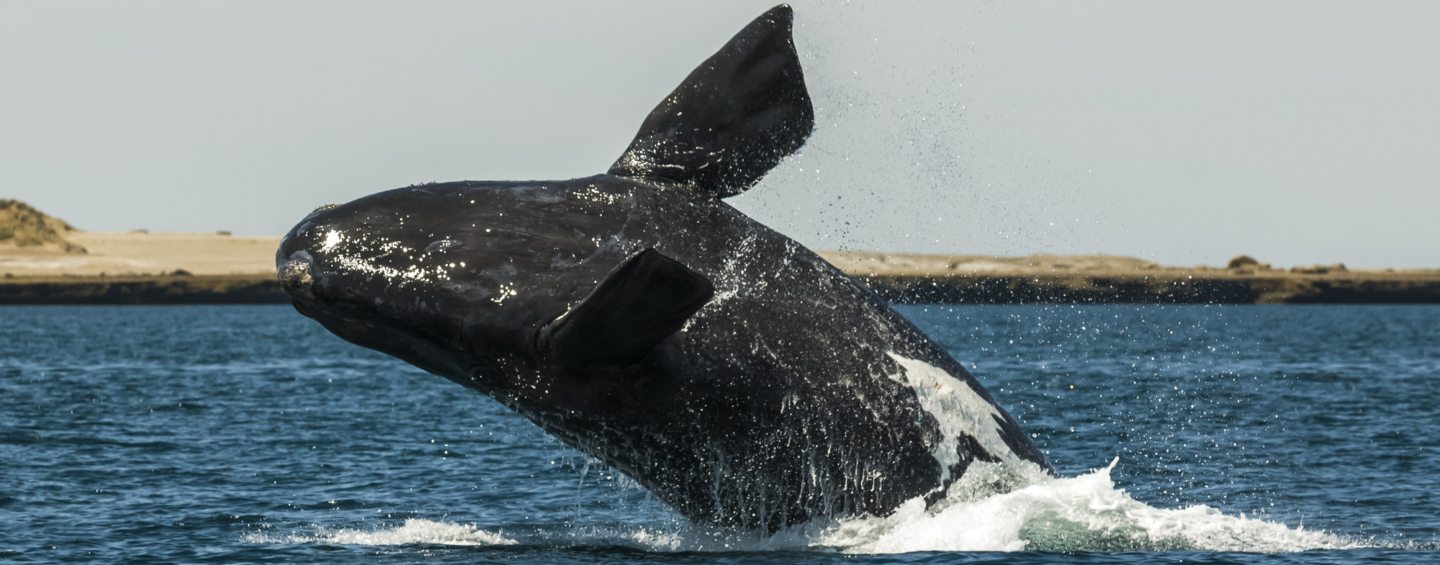Key Takeaways
- Smart buoys are satellite tracking buoys that also can provide a suite of environmental data.
- Buoys can notify fishers if gear has moved or the buoy has been dragged underwater improving hauling schedules.
- Fishers will know in real-time if set nets have come unmoored and started to drift and can then be recovered.
- Notifications of moving buoys on pot/trap buoy lines can provide instant whale entanglement warnings leading to a quicker, more effective disentanglement response.
Smart buoys are satellite tracked buoys that record an abundance of environmental parameters, including the depth and amount of time that buoys get dragged underwater in rough weather. The trackability of the buoys is good for both wildlife and fishers and can provide an important service in the majority of commercial fisheries. The ability to track and recover gillnets that have gone adrift, lost fish aggregating devices, or movements of large whales entangled in buoy lines will greatly reduce impacts on bycatch. Lost nets and FADs can continue to ghost fish for years or decades and often end up drifting till they was up on shore or worse, become entangled in coral reefs or rocky coastlines.
Importantly, it also helps fishers. The Blue Ocean Farallon Buoy, for example, has been used in the Alaskan crab fishery to plan hauling schedules around which buoys are at the surface or are currently dragged underwater by strong currents. This saves fishermen from spending hours looking for submersed buoys, wasting valuable time for the crew and gas in the vessel.
Current conditions in the U.S. and Canadian seaboard lobster and crab trap fisheries create high entanglement risks for the North Atlantic right whale, a risk that has caused a series of regulatory changes creating economic instability for fishers. The Farallon Buoy has also been mentioned as a way to reduce the impacts of entanglement in this fishery by providing a method to track entangled whales facilitating a much quicker and effective disentanglement response. Quick disentanglements minimize impacts to the individual’s health and typically lead to recovery. Importantly, identification information on the buoy can provide valuable data to managers on which fisheries are leading to the most entanglements.

